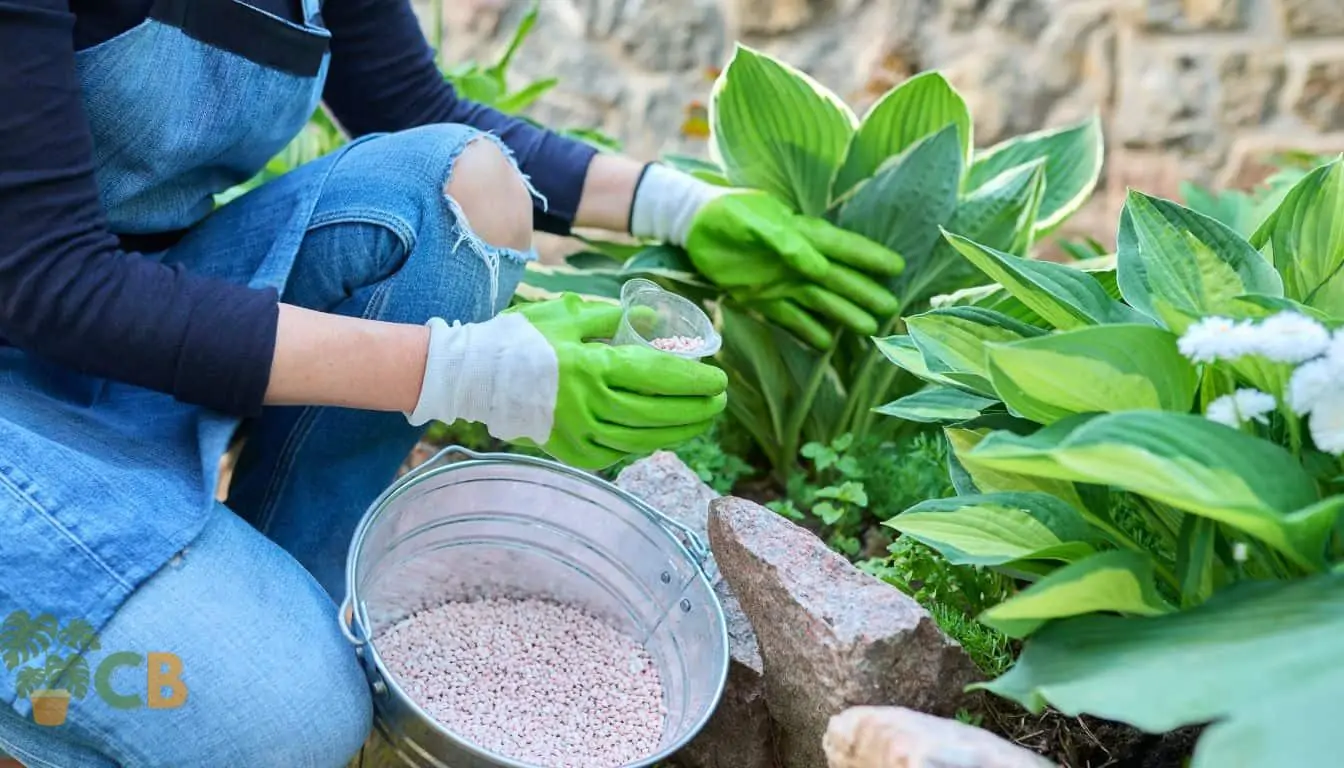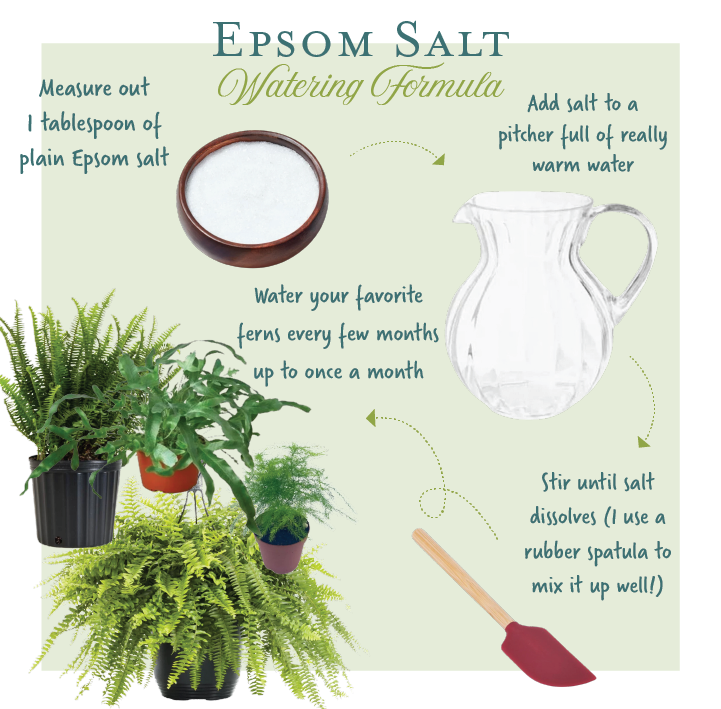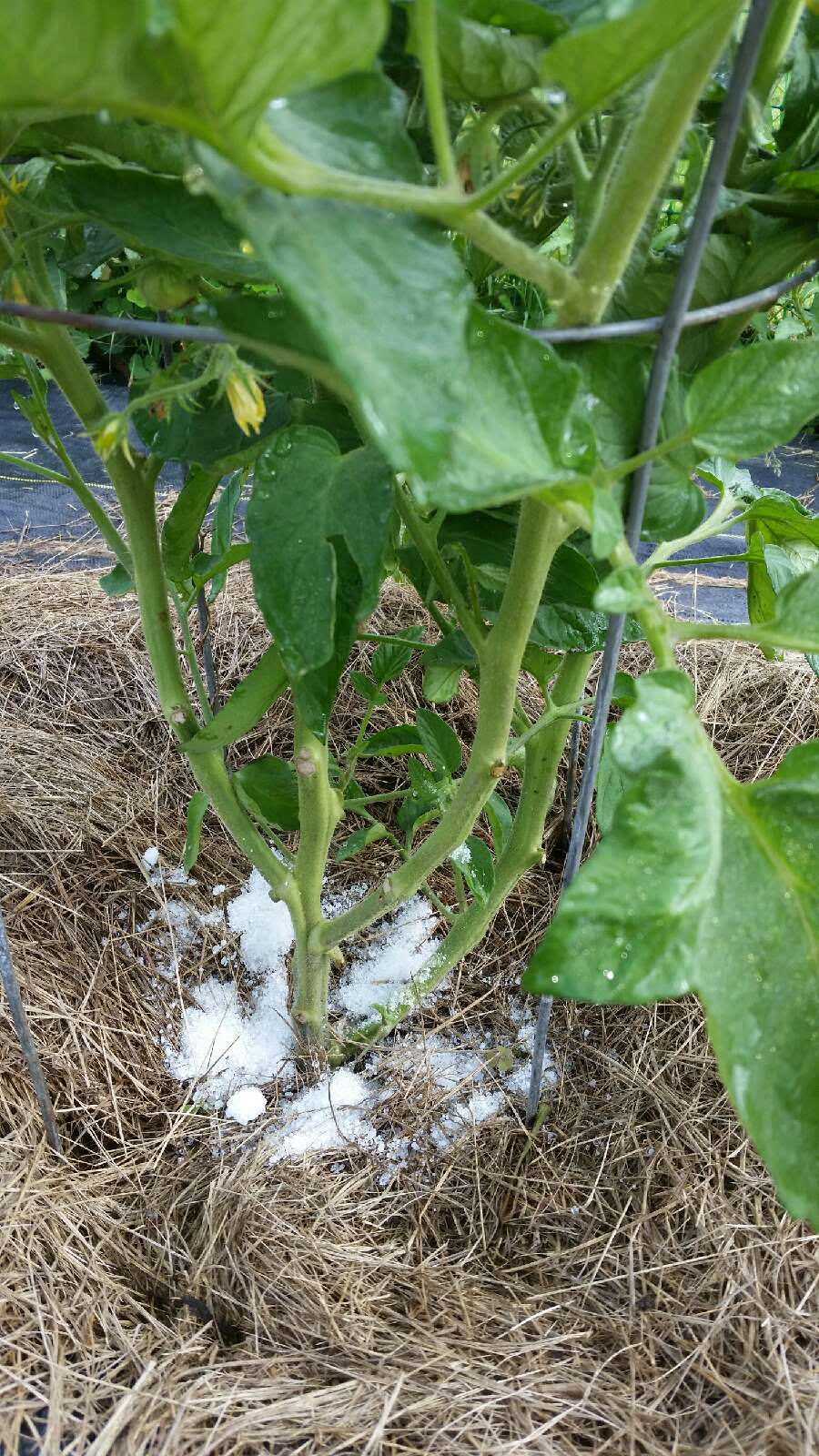What Plants Don't Like Epsom Salt? A Comprehensive Guide
What Plants Don't Like Epsom Salt? A Comprehensive Guide
Blog Article
Find Out About the Certain Plants That Are Negatively Impacted by Epsom Salt Application
Epsom salt, a popular home remedy for different gardening woes, is commonly commended for its valuable effects on plant growth. Understanding the particular plants that can be negatively affected by Epsom salt is important for any gardener looking to optimize their plant treatment regimen.
Roses

Roses, particularly delicate to modifications in their environment, can be negatively influenced by the application of Epsom salt. While Epsom salt is typically made use of as a fertilizer to advertise plant growth and boost flowering, roses are among the plants that do not respond well to its application. The high magnesium content in Epsom salt can disrupt the uptake of other vital nutrients by the rose plants, leading to shortages that materialize as yellowing fallen leaves or stunted development.

Tomatoes
While Epsom salt is usually proclaimed as a solution for different plant problems, consisting of bloom end rot in tomatoes, its application can lead to damaging results if not used sensibly. Excessive Epsom salt, which is magnesium sulfate, can interfere with the fragile nutrient balance required by tomatoes, possibly leading to deficiencies in various other crucial nutrients like calcium. When thinking about the usage of Epsom salt on tomatoes, it is crucial to stick to suggested application rates and dirt screening to avoid unintended effects on the total health and wellness and productivity of these precious garden plants.
Peppers
Peppers, revered for their numerous colors and levels of spiciness, can show vulnerability to adverse effects from Epsom salt when not applied with treatment and consideration for their details nutritional needs. what plants don't like epsom salt. Peppers, coming from the Solanaceae family, call for a delicate equilibrium of nutrients to prosper. While Epsom salt is known to improve magnesium levels in plants, too much application can disrupt this stability, bring about negative effects on pepper plants
When peppers are subjected to high levels of magnesium from Epsom salt, it can hinder the plant's capability to absorb various other essential nutrients like calcium and potassium. This inequality may materialize in symptoms such as fallen leave discoloration, stunted growth, and lowered fruit production. In addition, the excessive magnesium can modify the soil pH, more intensifying nutrient uptake issues for peppers.

Rhododendrons
Provided the level of sensitivity of particular plant types to inequalities brought on by Epsom salt, it is important to take into consideration the effect on Rhododendrons, which also need particular nutrient degrees to prosper. Rhododendrons are acid-loving plants that favor acidic dirt problems with this hyperlink a pH array in between 4.5 and 6.0. Epsom salt, chemically known as magnesium sulfate, can alter the soil pH and disrupt the delicate balance of nutrients important for Rhododendron health and wellness.

To maintain the optimum development and health and wellness of Rhododendrons, it is essential to avoid the unplanned usage of Epsom salt and instead concentrate on supplying the particular acidic soil problems and nutrients that these plants require for thriving.
Azaleas
These preferred flowering plants are often located in landscapes, parks, and yards due to their charm and convenience. While Epsom salt is typically made use of as a remedy for magnesium deficiency in plants, its application to azaleas can have damaging effects.
When Epsom salt is put on azaleas, it can alter the soil pH, making it extra acidic. Azaleas prefer somewhat acidic dirt conditions, and an extra of magnesium from Epsom salt can interrupt this equilibrium, leading to nutrient discrepancies and possible poisoning issues. The inaccurate application of Epsom salt can cause stunted growth, yellowing of leaves, and total decrease in the health of azaleas. Therefore, it is important to be mindful when considering the use of Epsom salt on azaleas to avoid any type of adverse effects on these delicate ornamental bushes.
Final Thought
Finally, it is essential to be familiar with the details plants that can be negatively affected by the application of Epsom salt. Roses, tomatoes, peppers, rhododendrons, and azaleas are some instances of plants that may not gain from Epsom salt and could also endure damage. It is essential to study and understand the requirements of each plant varieties before making use of Epsom salt as a fertilizer to ensure their health and health.
Understanding the details plants that can be adversely influenced by Epsom salt is essential for any kind of garden enthusiast looking to optimize their plant treatment routine. While Epsom salt is generally used as a plant food to promote plant growth and boost flowering, roses are one of the plants that do not respond well to its application.Too much use of Epsom salt can additionally result in a build-up of salts in the soil, leading to root damage and dehydration of the rose check my source plants. While Epsom salt is recognized to increase magnesium levels in plants, extreme application can interrupt navigate to this site this balance, leading to damaging results on pepper plants.
The high salt content in Epsom salt can also dehydrate Rhododendron roots, causing further tension and damage to the plant. (what plants don't like epsom salt)
Report this page